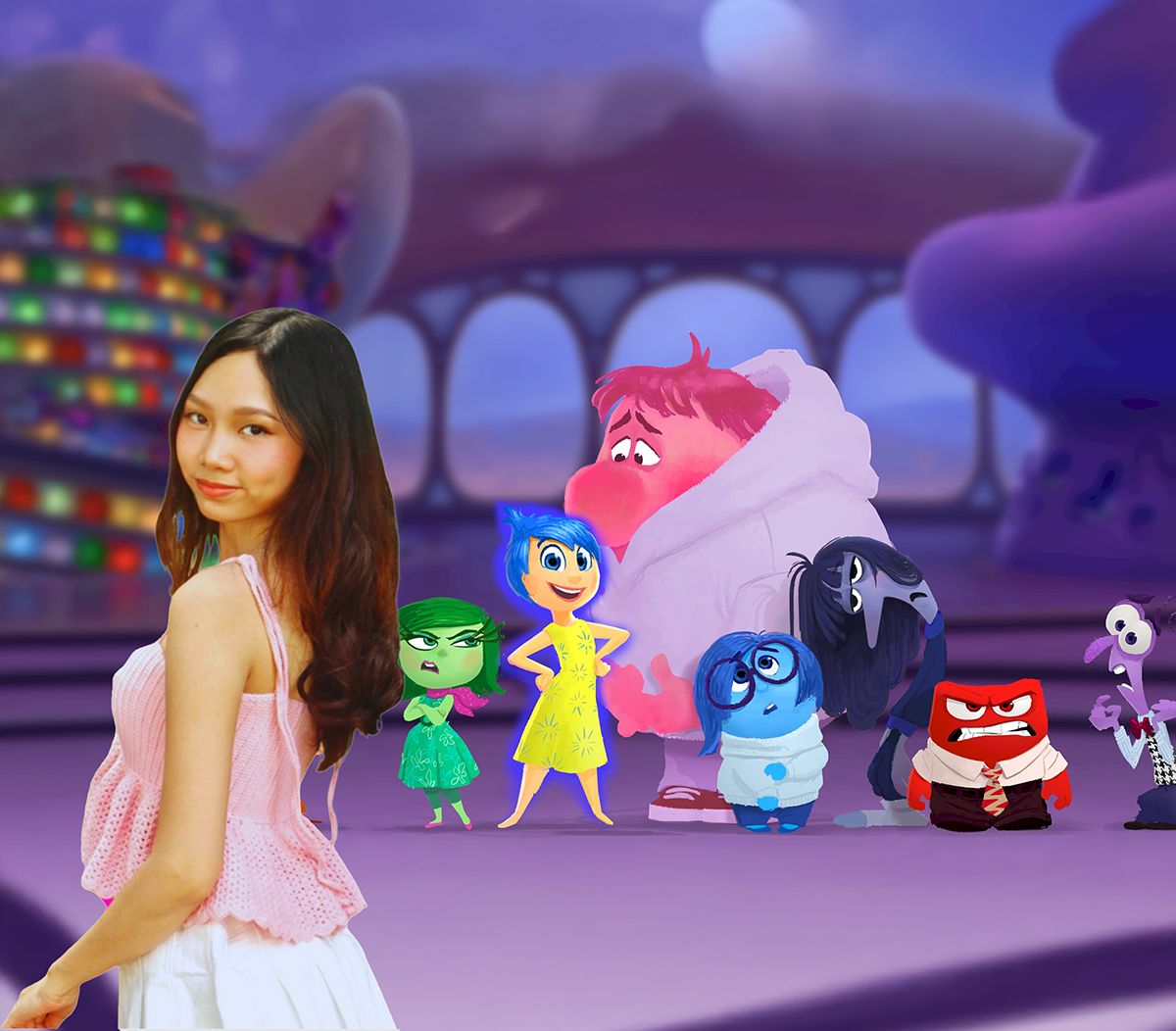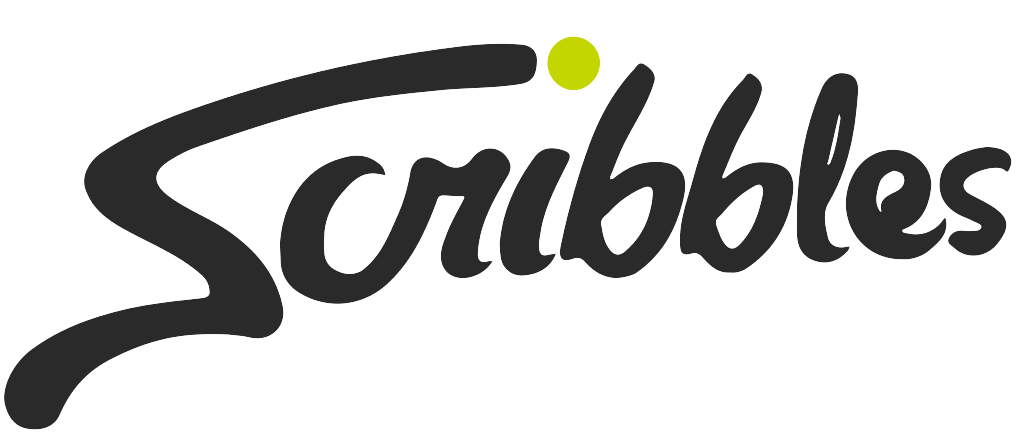We all know the script. Someone asks, “How are you?” and we automatically reply, “I’m fine.” It is polite, easy, and often completely hollow. It is a verbal placeholder for the complex feelings we do not have the energy or words to explain.
This October, as we observe Emotional Wellness Month, let us challenge this automatic response. True emotional wellness begins with honest self-expression. Learning to describe our inner world accurately is a form of emotional literacy. It makes us better communicators in English and in life.
Who better to guide us than the cast from Inside Out? Let us treat this as an emotional masterclass, where each feeling teaches us a new way to express ourselves.

Joy: The Language of Light
Joy doesn’t tiptoe; she twirls. She’s the part of you that dances with every victory, big or small.
– Big slay energy today!
– That brought me so much spark.
– This is peak serotonin.
Joy teaches positive reinforcement. It’s an emotional adjective worth practicing daily.
Sadness: The Voice That Softens
Sadness is not weakness. It is an honest emotion that deserves space. Acknowledging it is a step toward healing.
– I am feeling a bit heavy-hearted.
– Currently living in a sad girl/boy playlist.
– I feel mournful, but this too shall pass.
Using ‘but’ bridges feelings with hope, creating resilience through grammar.
Anger: The Defender in Red
Anger often signals that a boundary has been crossed. Expressing it clearly can be
protective, not aggressive.
– I feel frustrated by that situation.
– I am irritated, and I need a moment.
– I feel resentful about what happened.
Use verbs like feel and need to turn strong emotion into assertiveness, not aggression.
Fear: The Cautious Counselor
Fear is our inner alarm system. Naming our fears reduces their power and helps us prepare.
– I’m feeling apprehensive about what is next.
– I’m wary of the outcome.
– Actually scared, but delulu enough to keep trying.
Saying “but I will” transforms vulnerability into determined action.
Disgust: The Boundary Builder
Disgust helps us reject what is harmful or unfair. It protects our values and peace.
– I am displeased with how that was handled.
– I feel repulsed by that behavior.
– I find that completely unacceptable.
Choose precise words to express discomfort gracefully. Polite can still be powerful.
Anxiety: The Over-thinker’s Narrator
Anxiety is the voice of what if. Identifying it helps separate the feeling from the facts.
– I am feeling overwhelmed with everything on my mind.
– I feel unsettled and on edge.
– My anxiety is high today, but I am managing it.
Naming the feeling is a sign of emotional mindfulness and self-awareness.
Ennui: The Flatline Feeling
Boredom is not laziness. It is a signal that we crave stimulation or change.
– I am feeling uninspired at the moment.
– I feel listless and in need of a new challenge.
– I am languishing a bit today.
Expressing neutrality builds nuance. Not every day has to be dramatic to be real.
Envy: The Green Tinted Mirror
Envy shows us what we desire. We can frame it as admiration to fuel our growth.
– I feel a touch of envy, and it shows me what I want to achieve.
– I am inspired by their success.
– I admire that, and it motivates me.
Turn comparison into curiosity. It is the antidote to envy.
Embarrassment: The Red Faced Reminder
Embarrassment means we took a risk. Acknowledging it with humor shows self-acceptance.
– I just had my “oops” moment of the day.
– That was embarrassing, but hey — main character moment.
– Cringe today, confidence tomorrow.
A little humor redeems embarrassment. It makes us more human.
This Emotional Wellness Month, let us retire the automatic “I’m fine.”
Our feelings are complex and deserve precise language. When we name an emotion accurately, we do more than expand our vocabulary. We validate our own experience and build deeper connections with others.
So the next time someone asks how you are, pause. Check in with your inner world. Choose a word that truly reflects your state. Your emotional vocabulary is waiting to be spoken.




